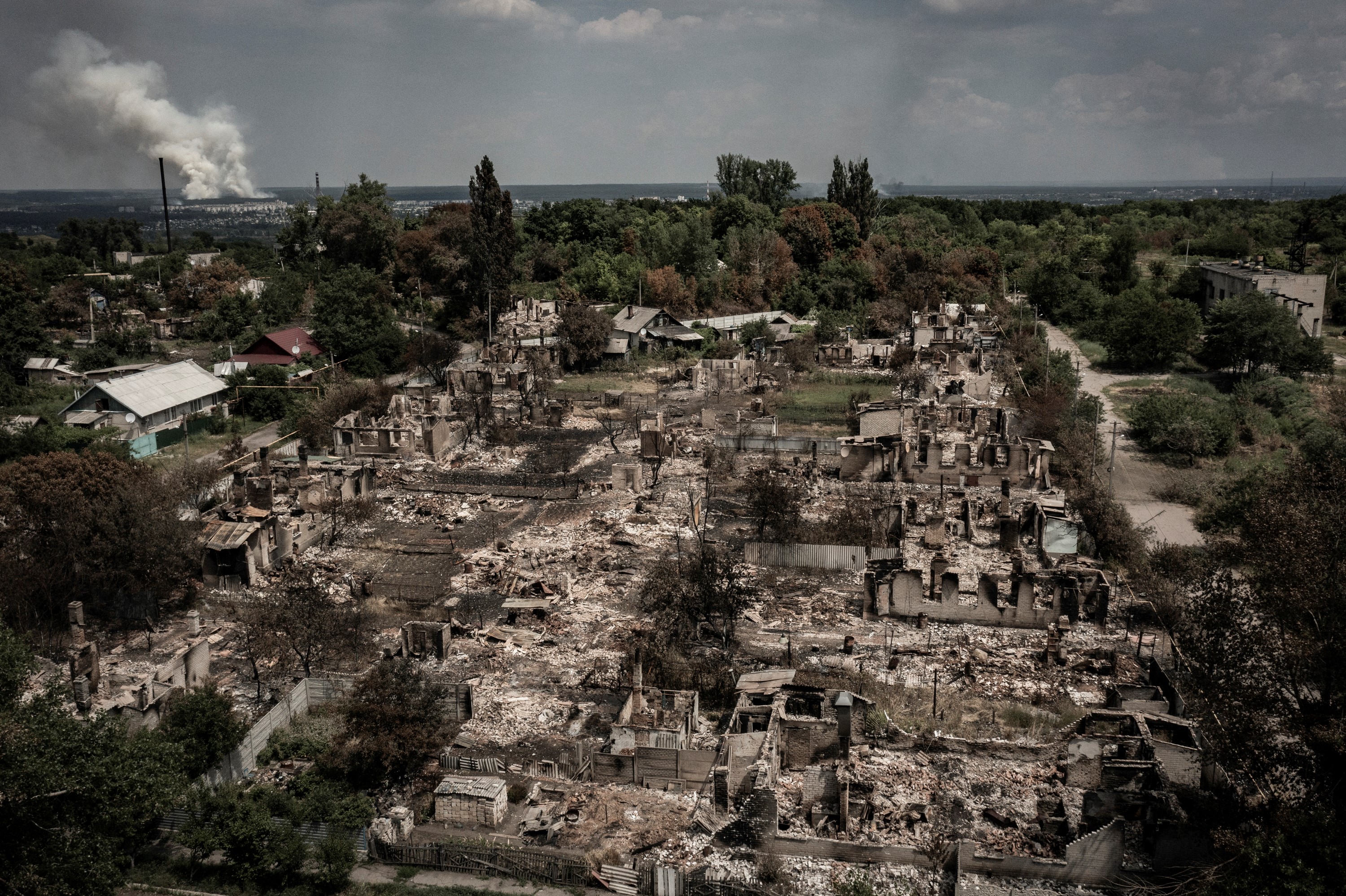Antico: The Golden Age of Renaissance Bronzes
The Italian Renaissance sculptor's works “express an outsize monumentality” despite their diminutive size.
The Frick Collection, New York
Through July 29
It’s the rare artist who likes to go small, said Dan Bischoff in the Newark, N.J., Star-Ledger. Yet the Italian Renaissance sculptor Pier Jacopo Alari Bonacolsi, better known as Antico (1455–1528), did his best work in the 12- to 16-inch range. On display at the Frick this season are 37 Antico sculptures that, despite their diminutive dimensions, “express an outsize monumentality.” An expert on the works of antiquity, Antico created bronze figurines that almost all had direct ancient antecedents and were intended to be held and handled by his regal patrons. His Apollo Belvedere (c. 1490), modeled after an ancient sculpture that had recently been unearthed by plowmen working a cardinal’s vineyard, testifies to skills that far exceed those of a mere copyist. “Nearly perfect proportionally,” it “restores the figure’s missing hands with conviction.” Works like Venus Felix (c. 1496), meanwhile, highlight Antico’s mastery of patinas and gilding, particularly in the figurines’ “brilliant draperies of hair.”
The Week
Escape your echo chamber. Get the facts behind the news, plus analysis from multiple perspectives.

Sign up for The Week's Free Newsletters
From our morning news briefing to a weekly Good News Newsletter, get the best of The Week delivered directly to your inbox.
From our morning news briefing to a weekly Good News Newsletter, get the best of The Week delivered directly to your inbox.
These are “absolutely gorgeous bronzes,” said Blake Gopnik in TheDailyBeast.com. If anything, their size “only concentrates their power.” A 1496 statuette of Marcus Aurelius on horseback, inspired by the 14-foot-tall version in Rome’s Campidoglio, “gives intimacy to a monument without reducing its force.” Not content merely to miniaturize the great sculptures of antiquity, Antico tried to reproduce their lofty spirit in creations of his own. One such figurine, a golden-haired, seated Paris, appears “almost too pretty for his own good,” though “wonderfully of his own time.” Among the handful of full-scale busts displayed here is that of another young man, his curly hair rendered in bronze in “exquisitely realistic detail.” Don’t avert your gaze from his brilliant eyes. Antico “lavished tremendous care” when silvering them to make them appear alive.
A free daily email with the biggest news stories of the day – and the best features from TheWeek.com
-
 US citizens are carrying passports amid ICE fears
US citizens are carrying passports amid ICE fearsThe Explainer ‘You do what you have to do to avoid problems,’ one person told The Guardian
-
 All roads to Ukraine-Russia peace run through Donetsk
All roads to Ukraine-Russia peace run through DonetskIN THE SPOTLIGHT Volodymyr Zelenskyy is floating a major concession on one of the thorniest issues in the complex negotiations between Ukraine and Russia
-
 Why is Trump killing off clean energy?
Why is Trump killing off clean energy?Today's Big Question President halts offshore wind farm construction